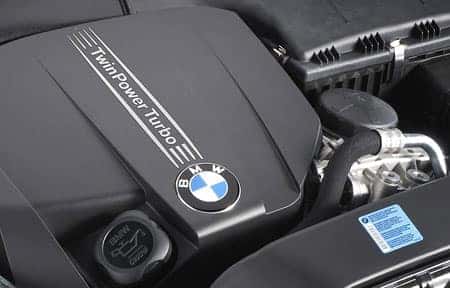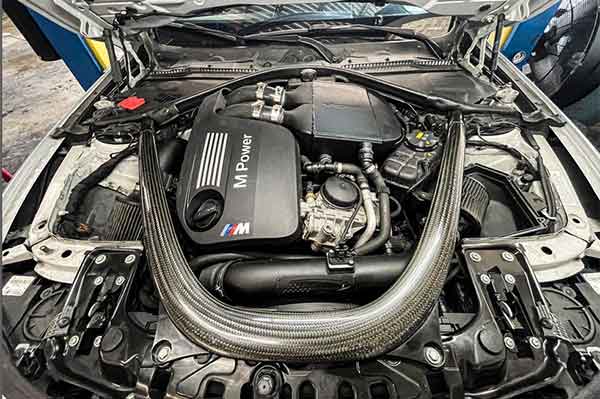Checking Out the Evolution of Burning Engines in Modern Transportation Systems
As we navigate the landscape of contemporary transport, the advancement of burning engines stands as a testament to human ingenuity and design prowess. The interaction of history, innovation, and environmental problems in shaping the trajectory of burning engines produces a narrative that is both informative and compelling.
Very Early Beginnings of Combustion Engines
How did the principle of burning engines very first arise in the early stages of transport development? The roots of combustion engines can be mapped back to the 17th century when the principles of interior burning were first explored.
The innovation moment included the development of the initial successful gasoline-powered engine by Karl Benz in 1885 - bmw engine. This engine led the way for the growth of the modern car, changing transportation systems worldwide. Subsequent technologies by Nikolaus Otto and Gottlieb Daimler further fine-tuned burning engine modern technology, causing the automation of autos and the fast development of the transport sector
These very early burning engines were defined by their simpleness and effectiveness, laying the structure for the complicated and effective engines utilized in contemporary transportation systems. The development of combustion engines has been important in shaping the method we take a trip and move items, marking a considerable turning point in the history of transportation growth.
Transition to Internal Combustion Innovation
The shift to interior combustion innovation marked a critical shift in the evolution of transport systems. This shift began in the late 19th century, with creators like Nikolaus Otto and Gottlieb Daimler developing the initial effective interior combustion engines. These engines revolutionized transportation by providing a more powerful and efficient choice to vapor engines and electrical motors.
One of the essential advantages of internal combustion engines was their capacity to be scaled down to fit into vehicles, bring about the advancement of vehicles and motorcycles. This shift from cumbersome, stationary engines to compact, mobile ones led the way for the contemporary transportation systems we see today.
The change to internal burning modern technology additionally stimulated innovations in fuel modern technology, causing the development of gas and diesel as primary fuel sources for automobiles. This shift not only made transport more obtainable to the masses but additionally laid the foundation for the oil and gas market to come to be integral to worldwide economic situations.
Impact of Combustion Engines on Transport
The adoption of combustion engines in transport systems militarized an extensive change in the efficiency and speed of worldwide mobility. Combustion engines reinvented transport by providing a trustworthy and functional resource of power for various cars, consisting of cars, trucks, ships, and planes. This innovation considerably improved the ability for individuals and goods to relocate over fars away in shorter amount of time, resulting in boosted connection in between areas and countries.
In addition, the widespread use combustion engines has actually had a significant effect on financial advancement. The capacity to transport goods efficiently has spurred trade and business, allowing companies to increase their markets and reach consumers worldwide. This has facilitated economic growth and globalization, as products can now be delivered faster and in larger quantities than in the past.
Nevertheless, the environmental influence of burning engines can not be overlooked. The combustion of fossil fuels has led to air pollution and greenhouse gas exhausts, adding to environment adjustment and positioning health dangers to populaces. bmw engine. Because of this, there is a growing emphasis on establishing different propulsion technologies to minimize these negative effects and create a much more sustainable future for transportation
Developments in Combustion Engine Layout
Many improvements in combustion engine design have thrust the advancement of transport systems over click to investigate the decades. One notable technology is the growth of turbocharged engines, which make use of exhaust gases to drive a generator that presses incoming air, enabling for more fuel to be charred, resulting in raised power result without a considerable increase in engine dimension. Furthermore, direct shot innovation has boosted fuel performance and efficiency by exactly controlling the amount and timing of gas injected into the combustion chamber. Variable shutoff timing systems have actually also reinvented engine layout by maximizing air flow at different engine rates, improving both power and performance. One more considerable innovation is the combination of light-weight products such as carbon fiber and light weight aluminum alloys, decreasing general engine weight and boosting vehicle fuel economic situation. Furthermore, developments in computer-aided style have actually made it possible for engineers to optimize engine performance and effectiveness with simulations prior to physical models are constructed, conserving time and sources in the growth process. These innovations collectively add to the continuous improvement of combustion engines in modern transportation systems.
Future Patterns in Combustion Engine Growth
With modern technology innovations driving continual advancement, the future of burning engine advancement is poised to change transportation systems globally. Among the crucial trends in burning engine growth is the push towards better effectiveness and decreased exhausts. Makers are investing greatly in research official source study and development to boost engine performance while fulfilling rigid environmental guidelines. This includes the assimilation of sophisticated fuel shot systems, enhanced turbocharging approaches, and the use of lightweight materials to optimize gas usage and reduce carbon exhausts.
An additional popular fad is the adoption of crossbreed technologies in combustion engines. Crossbreed engines combine standard burning innovation with electrical power, offering enhanced gas efficiency and reduced discharges. As the automotive market changes towards electrification, crossbreed combustion engines are seen as a transitional option that bridges the space in between standard vehicles and completely electrical ones.
In addition, the integration of smart innovations, such as expert system and data analytics, is anticipated to play a considerable duty in the future of combustion engine development. These modern technologies can maximize engine efficiency in real-time, resulting in extra effective combustion processes and enhanced overall vehicle performance. Accepting these future patterns will not only drive innovation in combustion engine growth yet additionally add to a much more sustainable and environmentally friendly transportation community.

Final Thought
In conclusion, the advancement of burning engines in contemporary transportation systems has actually been noted by significant advancements in modern technology and style. From the early starts of combustion engines to the transition to inner combustion technology, these engines have actually had a profound impact on transport.
The roots of burning engines can be traced back to the 17th century when the concepts of interior combustion were initial checked out. These engines revolutionized transport by providing an extra effective and efficient pop over to this site choice to heavy steam engines and electrical motors.
